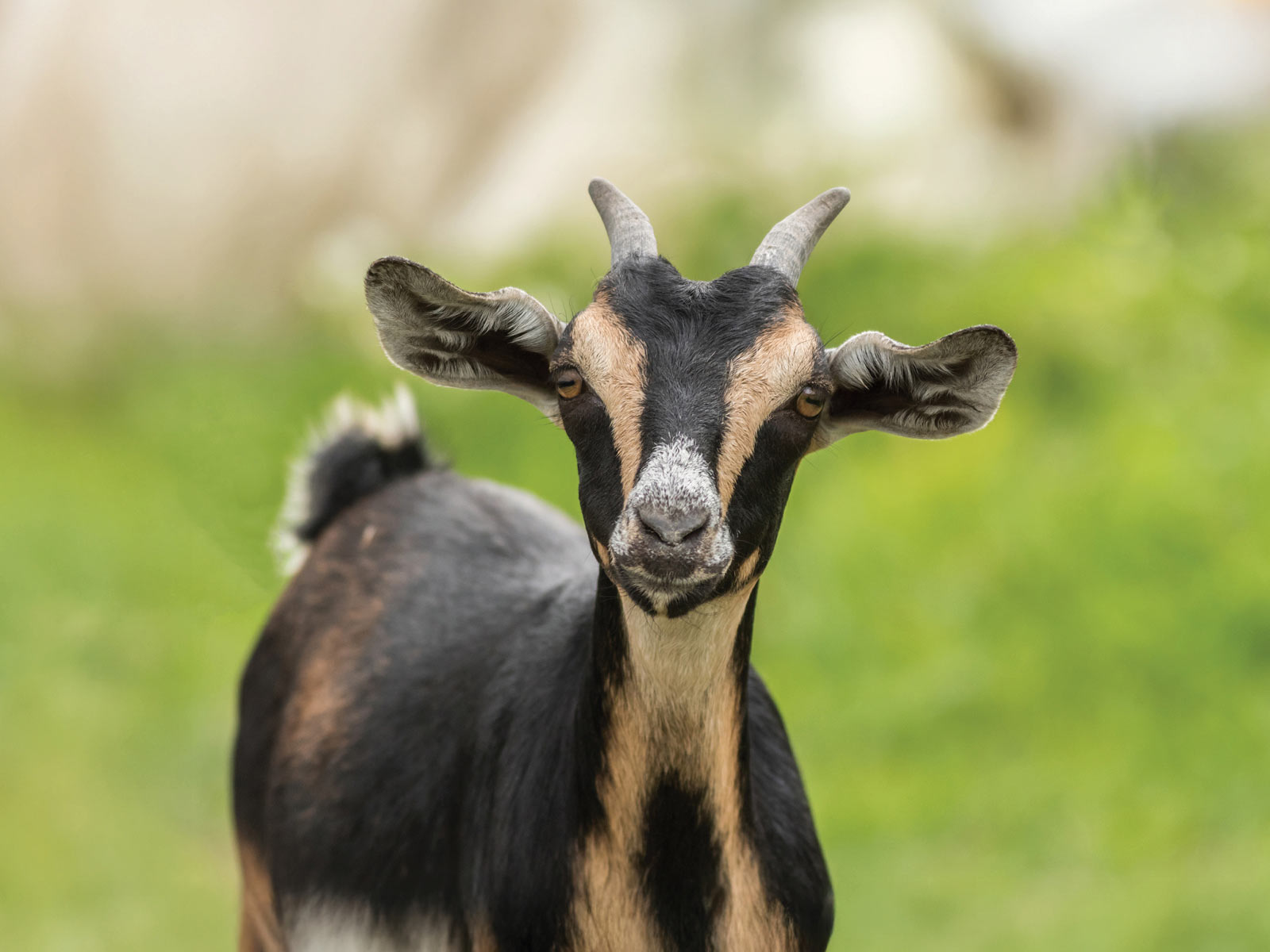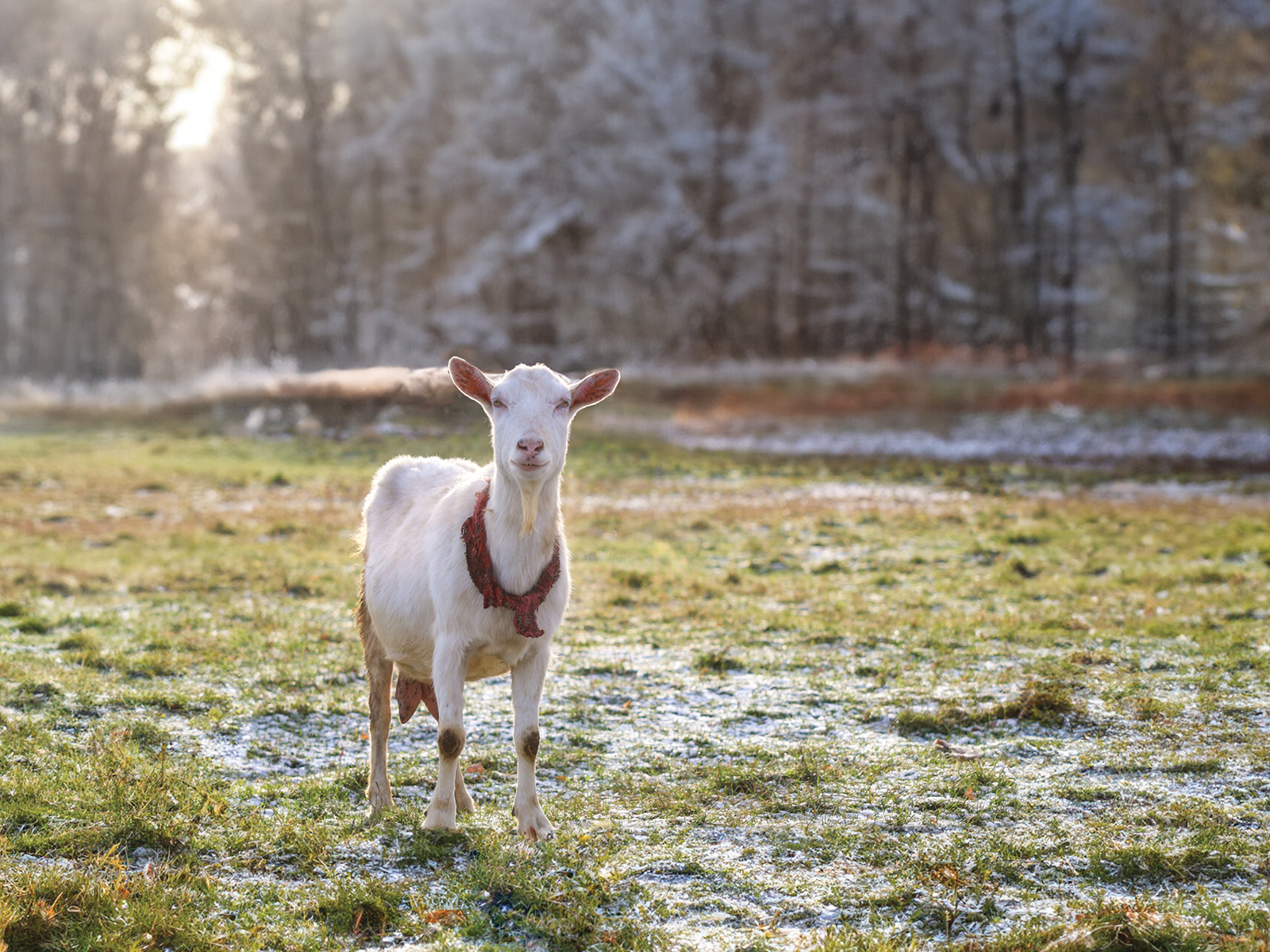In an age when many decisions are made in boardrooms, the opinions of the animals themselves are seldom taken into account. But it’s the animals that are the central focus of every farm…and every profitable farm.
Low-stress cattle handling methods can actually have a significant impact on the success or failure of a farm. And, in this article we’ll take a look at why low-stress cattle handling is effective and why you might want to employ it on your farm.
The Benefits of Low-Stress Cattle Handling
Low-stress cattle handling has several benefits for both cattle and handlers.
For cattle, it reduces stress and fear, which can lead to improved health and productivity.
For handlers, it can improve safety and efficiency while working with cattle.
Low-stress handling techniques have been shown to reduce the incidence of injury to both cattle and handlers, as well as improve the overall working environment.
In fact, low-stress cattle handling techniques have been shown to be more effective and efficient than traditional methods, and they result in less stress and anxiety for both the animals and the handlers.
There are numerous benefits to using low-stress cattle handling methods, including improved animal welfare, increased productivity, and improved safety for both animals and handlers.
And, it makes sense when you think about it. If an animal is stressed, it may become ill. Or worse they may injure themselves (or you).
These are things that can not only affect the animal’s health but also the bottom line.
Low-Stress Livestock Handling Works for You
We often talk about livestock handling in the context of having more than one person helping. But, we also know that not everyone has a workforce behind them to assist with things like vaccinations, hoof trimming, or transport.
Sometimes, it’s just a single person. Maybe that’s you.
And if you’ve ever tried to handle your sheep, goats, or steers on your own, you probably know it’s not easy. Especially if you’re hoping to grow and tend as many animals as you can on your farm.
Low-stress handling equipment is ideal if you don’t have help on your farm.
So, from an effectiveness standpoint, being able to provide care to your flock or herd with a single system is a win-win for both you and your animals.

Types of Low-Stress Cattle Handling Systems
There are a variety of effective low-stress cattle handling systems that can be used to reduce stress on cattle.
These systems can be used for a variety of purposes, including loading and unloading cattle, handling them during veterinary procedures, and moving them between pasture and pens.
The goal of low-stress livestock handling is to make the experience as natural as possible for the animals so they don’t feel threatened. Most are built with the animal’s instincts and movements in mind so they work with the animal, instead of against it.
Some common types of low-stress cattle handling systems include chutes, corrals, crowding tubs, and handling facilities with low ceilings and solid sides.
When you’re ready to choose a low-stress cattle handling system, it’s important to consider the needs of your specific animals and the purpose of the system.
In other words, not all systems are made equally, and not for every type of livestock. Lakeland offers a number of cattle handling packages that reduce stress on both you and your cattle.
How to Get Low-Stress Cattle Handling Practices in Place at Your Farm
If you want to get low-stress cattle handling practices in place at your farm, there are a few things you can do.
First, educate yourself and your handlers (if applicable) about the importance of low-stress handling.
Second, make sure that you have the right equipment for the job. Remember, not all systems are made the same, and there are different types of equipment that work better for some animals than others.
For example, goat handling equipment is built with the size of goats in mind, and based on their behavior patterns. A steer, on the other hand, would not fit into handling equipment for goats.
Third, you need to create a handling plan that takes into account the individual needs of your cattle.
Will you be trimming hooves?
Are you simply moving your herd?
These are all questions to ask yourself before implementing a low-stress system so you can ensure you have all the right pieces of the puzzle.
Finally, you need to be willing to adapt your handling practices as needed.
By following these steps, you can create a low-stress environment for your cattle that will lead to better overall health and productivity.
You can also attend workshops and seminars on low-stress cattle handling. This is a great way to learn from experts and network with other farmers who are interested in implementing these practices.
But, the most important thing…is to get started. By taking small steps, you can make a big difference in the stress levels of your cattle. With low-stress cattle handling practices in place, you’ll be able to improve the welfare of your cattle, as well as the efficiency and profitability of your ranch.





